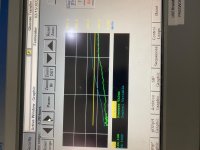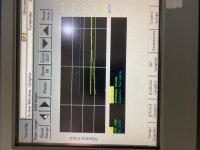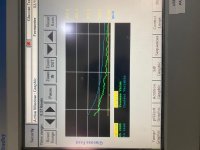We use dosing pumps that are similar to the Grundfoss DDA. The output is pretty accurate IMO. Instead of a flow meter, we use a flow switch with a .07 GPM trigger on the outlet of the pump to monitor how much chemical we have pumped into a tank. We use the pulses from the pump to our advantage in this setup. Since each pulse is the same amount of chemical each time, we just count the number of pulses to give us total output for one cycle. We have a line tech verify each pumps output once a week with a graduated cylinder, and for about 2 years now, we have never been more than 1 mL off of our target.
Flow control using dosing pump and Coriolis flow meter
- Thread starter mylespetro
- Start date
Similar Topics
Hello, please its possible to control flow rate using frequency mode of a flow meter ?
if yes, how is it done for a PLC like Micrologix ?
i...
Hi all, I'm new to PLC programming and this is my first project. In our project we feed water, Methane and air to the combustion chamber. For...
Hello All
Could we get some expertise on flow control ?
-Using a PID loop in Productivity 2000 with an analog output,
How can we convert...
Hello:
I am experiencing the following error:
[ERROR] C0297: Stack overflow detected in DecodeOID. Maximal Stack Size: 64512. Calculated...
Hi all, i'm after some help on a flow control valve control strategy. There are 8 parallel vessels that require evenly distributed flow.
Each...








